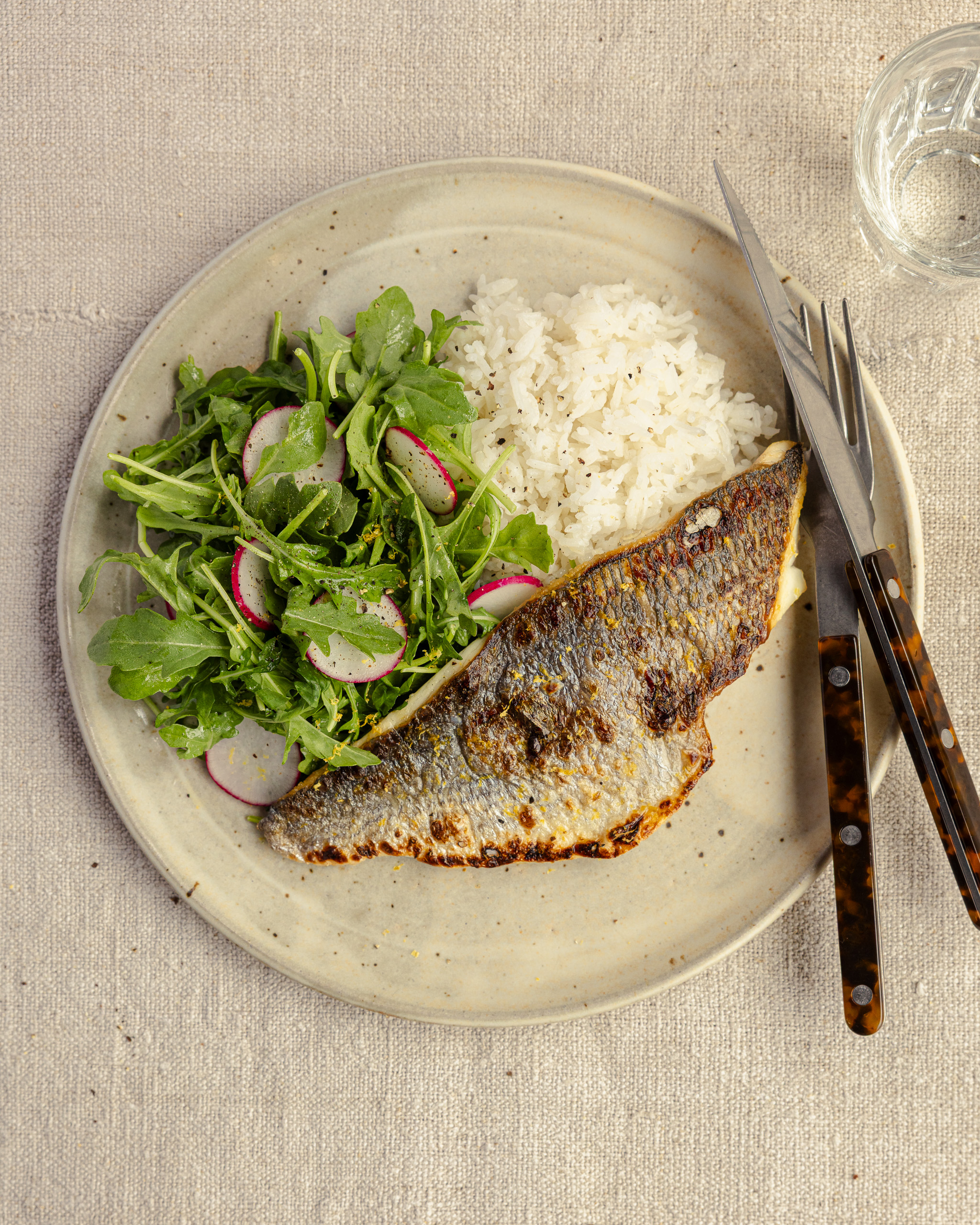
Rated 5.0 stars by 1 users
Seafood 101: The Secret to Crispy Skin
When it comes to cooking fish, few things are more satisfying than perfectly crisp, golden skin that flakes with each bite. Yet anyone who’s tried pan-searing knows the struggle — the skin sticks, tears, or fuses to the pan before it ever crisps.
At Seatopia, we’ve learned a simple, chef-approved trick that solves it every time:parchment paper.
Why Keep the Skin On
Fish skin isn’t just for texture — it’s nutrient-dense and flavorful. That thin layer between the skin and flesh holds concentratedomega-3 fatty acids (EPA and DHA), the same anti-inflammatory fats that make seafood one of the most beneficial foods on the planet.
By keeping the skin on, you’re preserving more of those delicate oils — and unlocking the crispy contrast that makes restaurant-quality fish so irresistible.
The Parchment Paper Trick
Pan-searing in stainless steel or cast iron can yield great results, but it often demands precision heat and perfect timing. That’s where parchment paper comes in.
A thin sheet of parchment between the fish and the pan acts like an invisible barrier — allowing the skin to crisp evenlywithout sticking or tearing.It’s one of those small culinary secrets that makes a big difference, especially when working with Seatopia’s sushi-grade, skin-on fillets.
Ingredients
-
1 Seatopia fillet, skin on (Branzino, Sea Bream, Barramundi, or Salmon)
-
Sea salt
-
High-heat oil (avocado or grapeseed)
-
Lemon
Directions
Step 1: The Defrost Method
Step 2: The No Stick Method
-
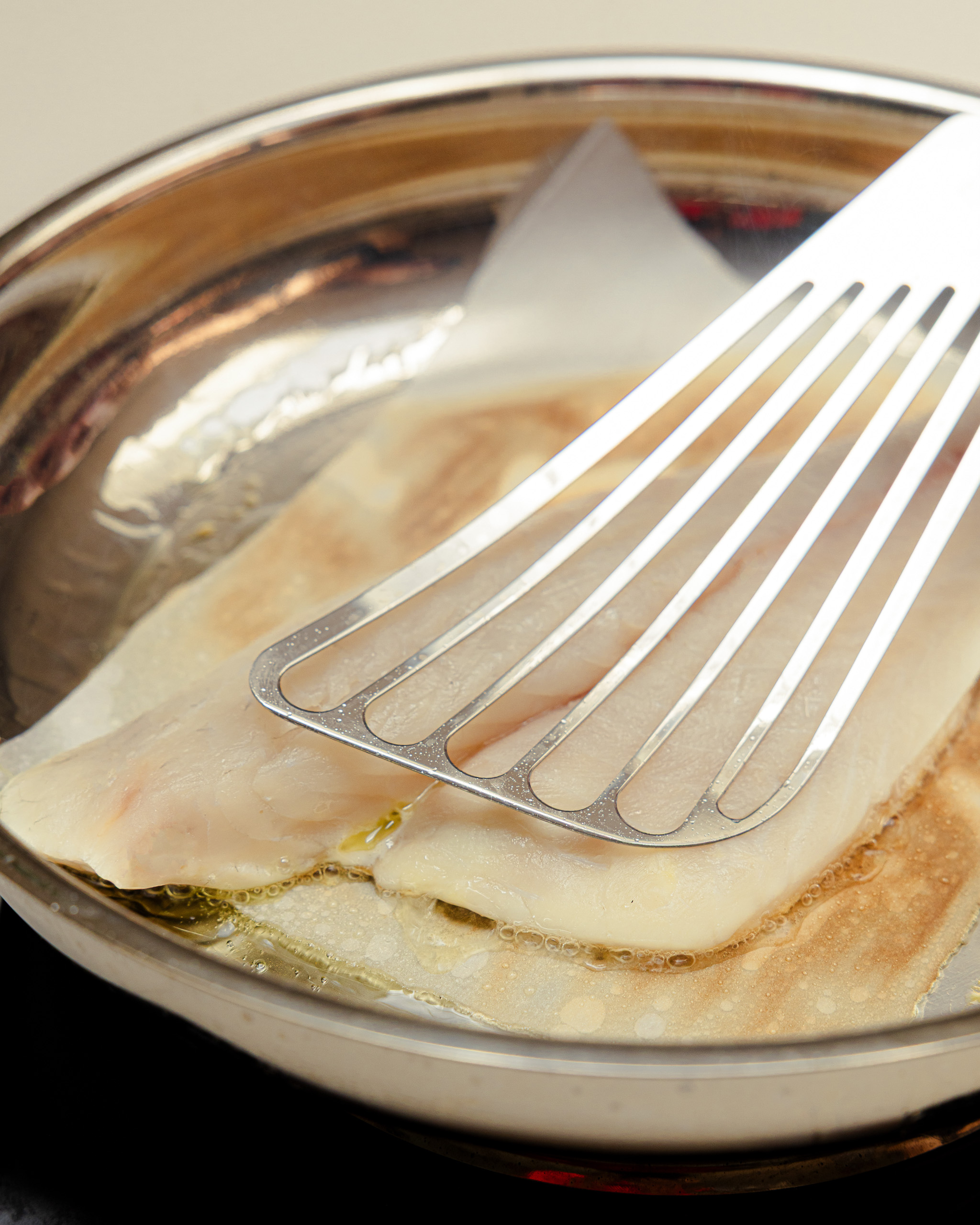 2.
2.Pat dry your fillet thoroughly — steam from moisture is the enemy of crisp skin.
Season generously with sea salt on both sides (just before cooking).
Heat a castiron, stainless-steel or non-toxin non-stick pan over medium-high heat. Add a drizzle of oil.
Cut a piece of parchment paper slightly larger than your fillet and lay it in the hot pan. Add another tiny drizzle of oil on the paper.
Place the fish skin-side down on the parchment. Press gently with a fish-spatula for 30 seconds to prevent curling.
Cook on medium heat for 3–4 minutes or until opaque ¾ fo the way through and the skin is golden and crisp. -
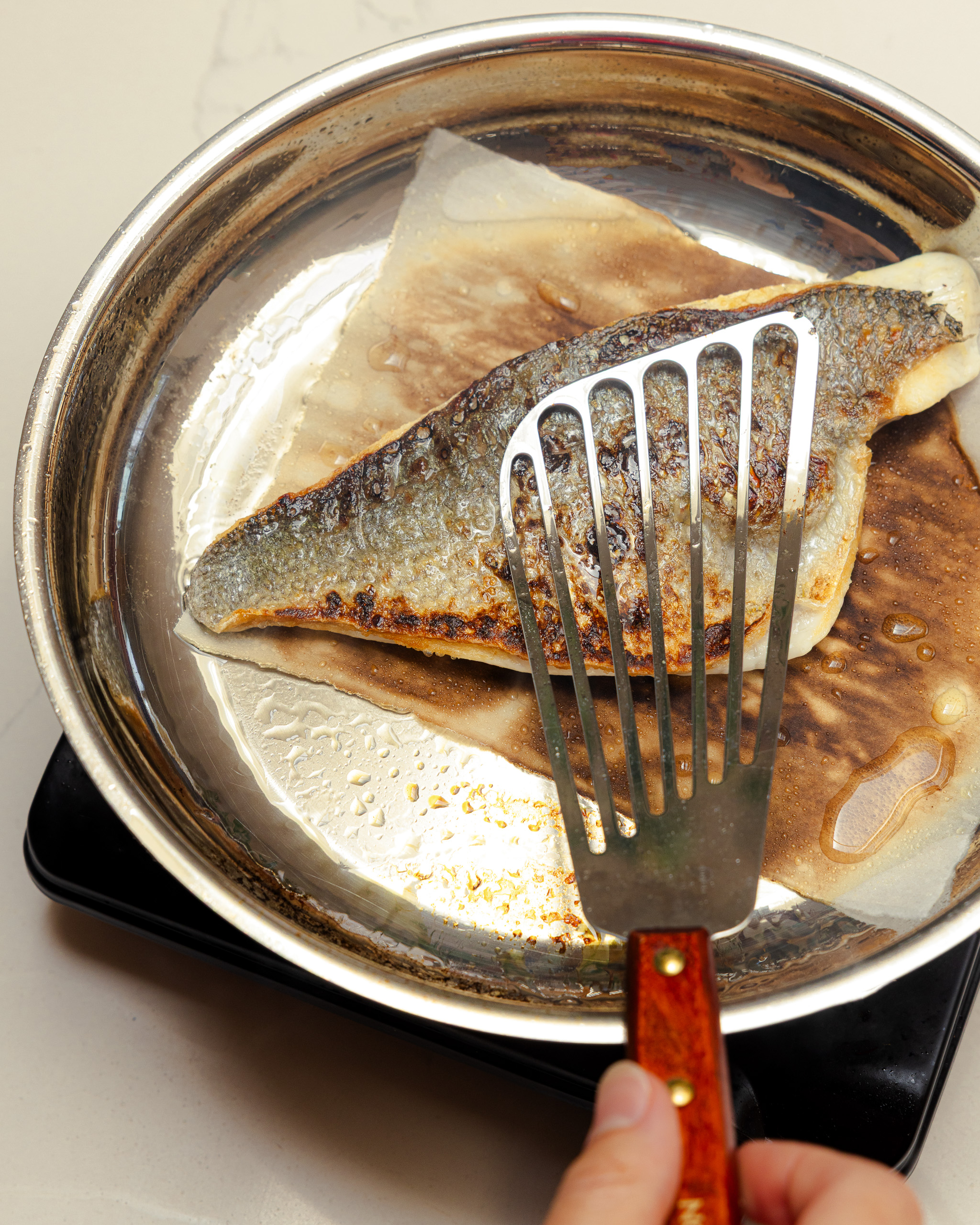 3.
3.Flip carefully using a fish-spatual and optionally cook for another 1–2 minutes with the flesh side to desired doneness.
Slide off the parchment and serve skin-side up immediately to keep it crispy. -
4.
Finish with a squeeze of lemon, a sprinkle of flaky salt, and a side that complements the richness of the fish — we love buttered basmati rice and a leafy green salad.
Recipe Note
Chef’s Notes
The parchment barrier doesn’t interfere with heat transfer; it simply eliminates the harsh metal-to-protein contact that causes sticking. The result is crisp skin, tender flesh, and a cleanup process that’s almost effortless.
For an added layer of nourishment and balance, pair your fish withgreen pesto for plant-based omega-3s and antioxidants,chimichurri for bright enzymes and cleansing herbs, ormiso dressing for fermented probiotics and deep umami.
Just remember: always plate your fishskin-side upandon top of any sauce. Pouring sauce over that perfectly crisp skin will undo all your hard work — let it stay exposed and proud, keeping its irresistible crunch intact.
Clean Cooking Tip: Choose PFAS-Free Parchment
Not all parchment paper is created equal. Many brands usebleached paper orPFAS-based coatings (“forever chemicals”) to achieve their non-stick finish. When heated, these can release trace contaminants that don’t align with a clean, ocean-conscious kitchen.
To keep your seafood as pure as its source:
Chooseunbleached, PFAS-free parchment paper (brands likeIf You Care,Beyond Gourmet, orKatbite Natural).
Keep cooking temperatures under425°F — perfect for pan-searing fish.
Avoid direct flame or broiler contact.
Silicone-coated, unbleached parchment papers are food-safe and heat-stable — offering the same non-stick results with none of the chemical leaching.
The Seatopia way: clean fish, clean feed, clean cookware. Because what you cook on should match the purity of what you’re cooking.
The Seatopian Promise
Every Seatopia fillet comes from regenerative aquaculture farms that meet theSeatopia Standard™ — tested for mercury, microplastics, and nutrient density, ensuring seafood that’s as safe as it is delicious.
Cooking clean seafood should feel simple, intuitive, and deeply satisfying — and sometimes, all it takes is a piece of parchment paper.


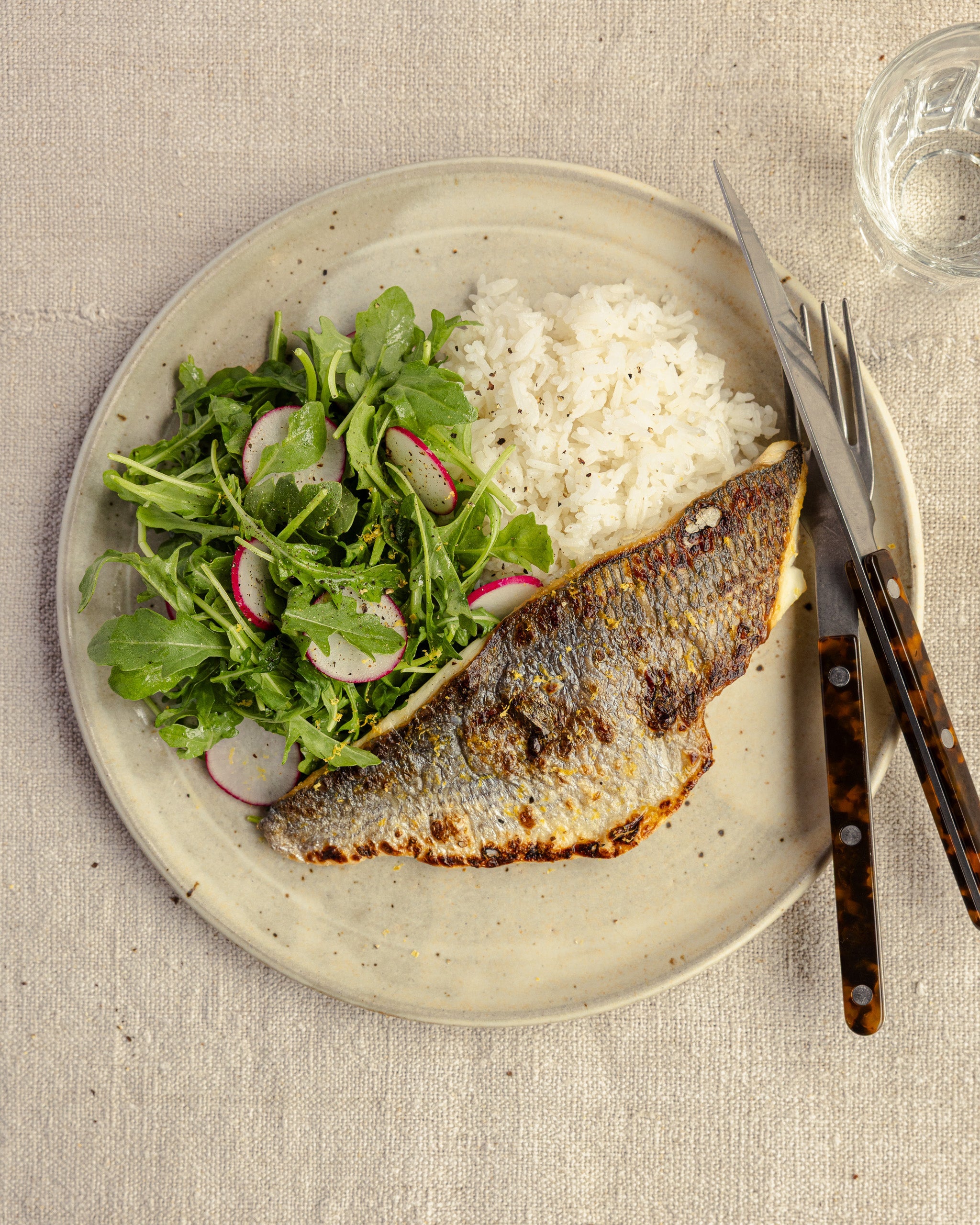
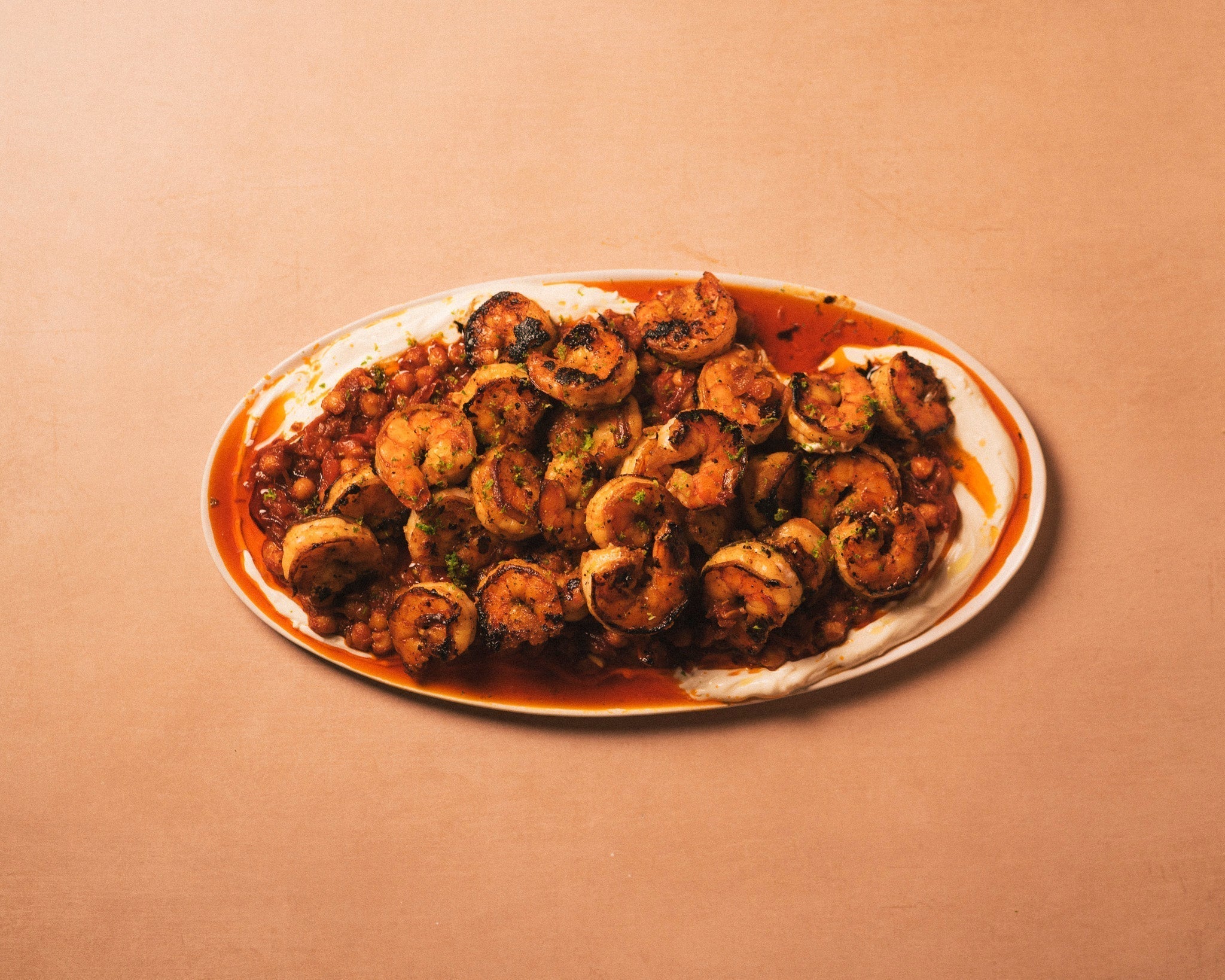
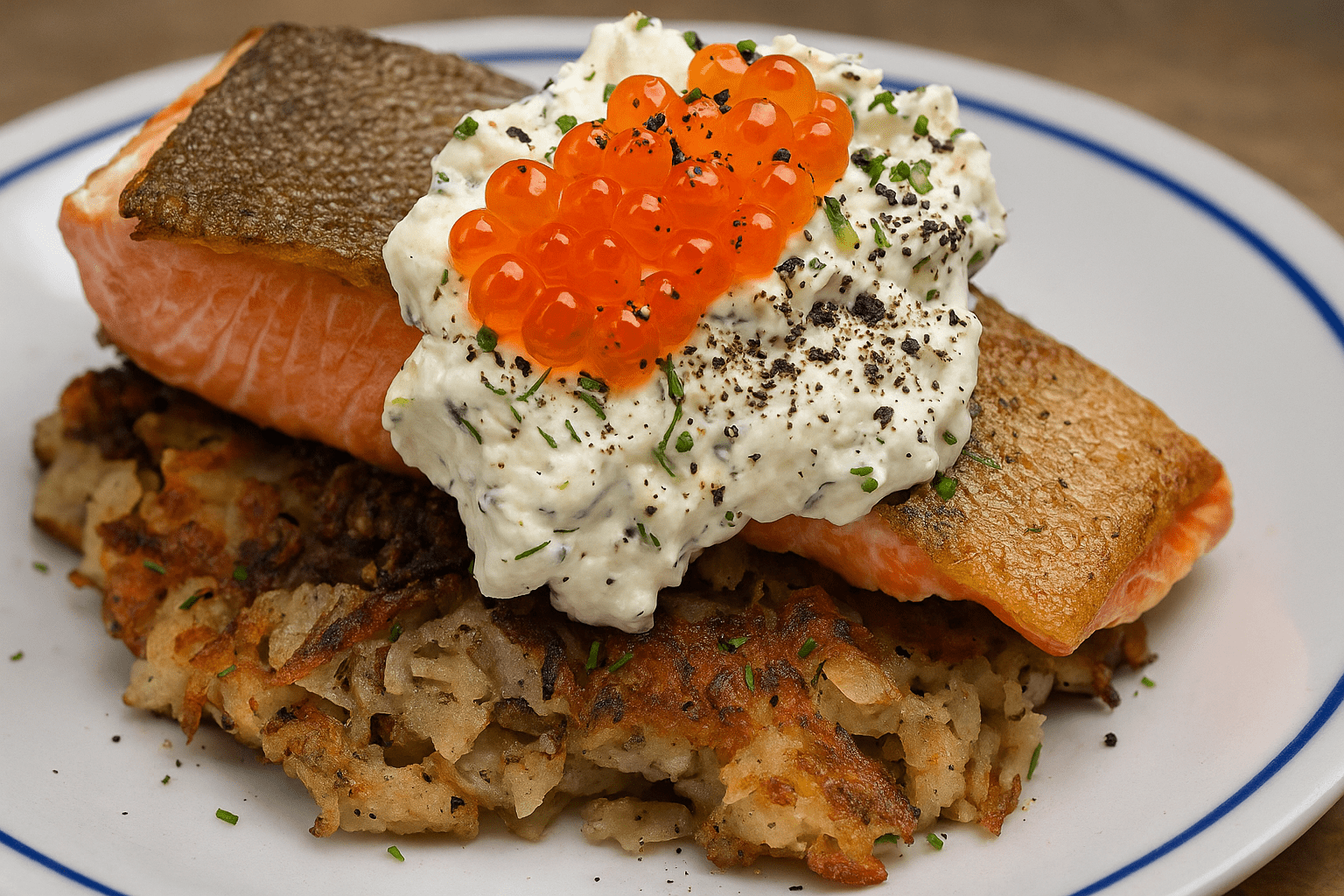
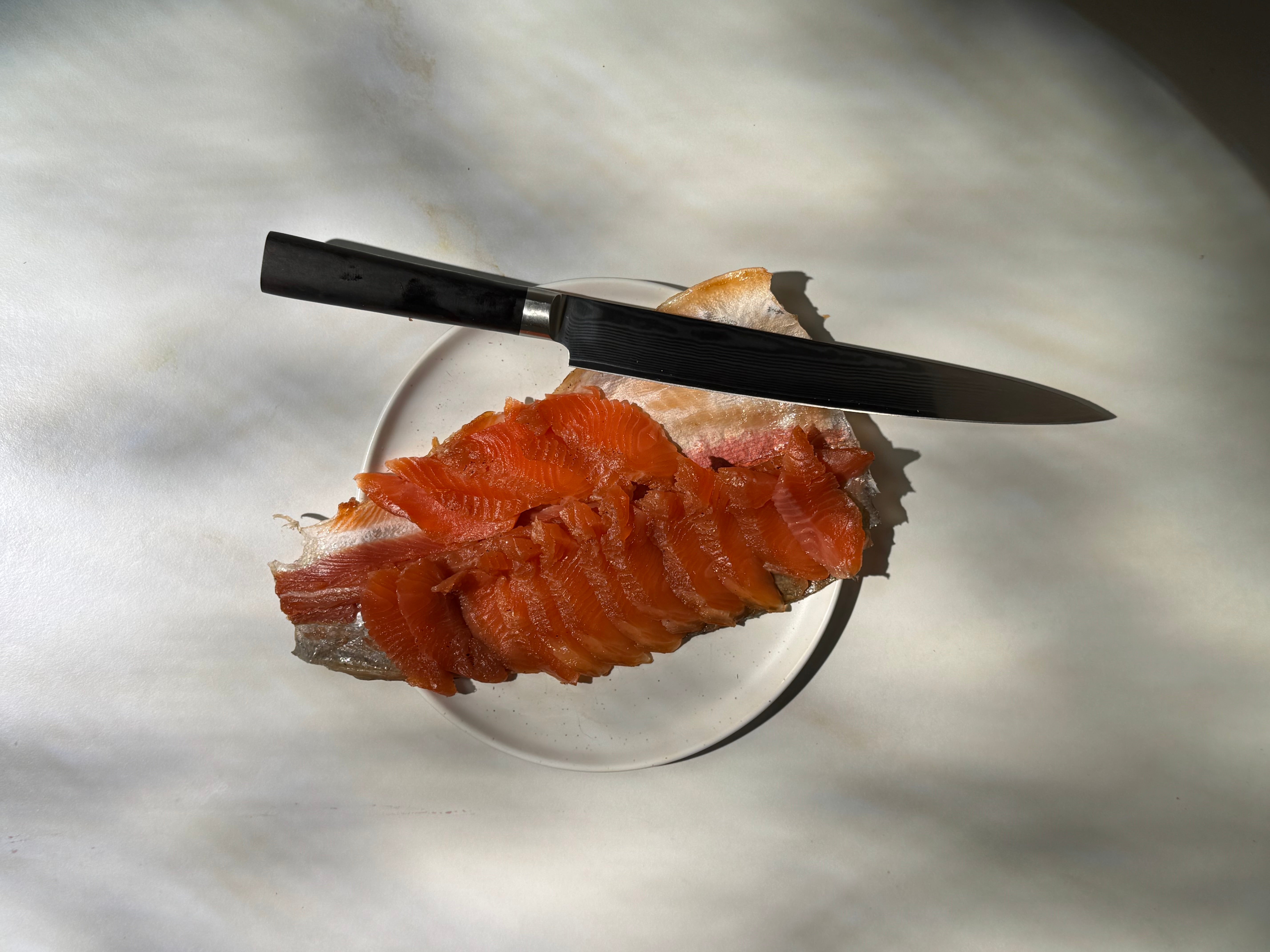
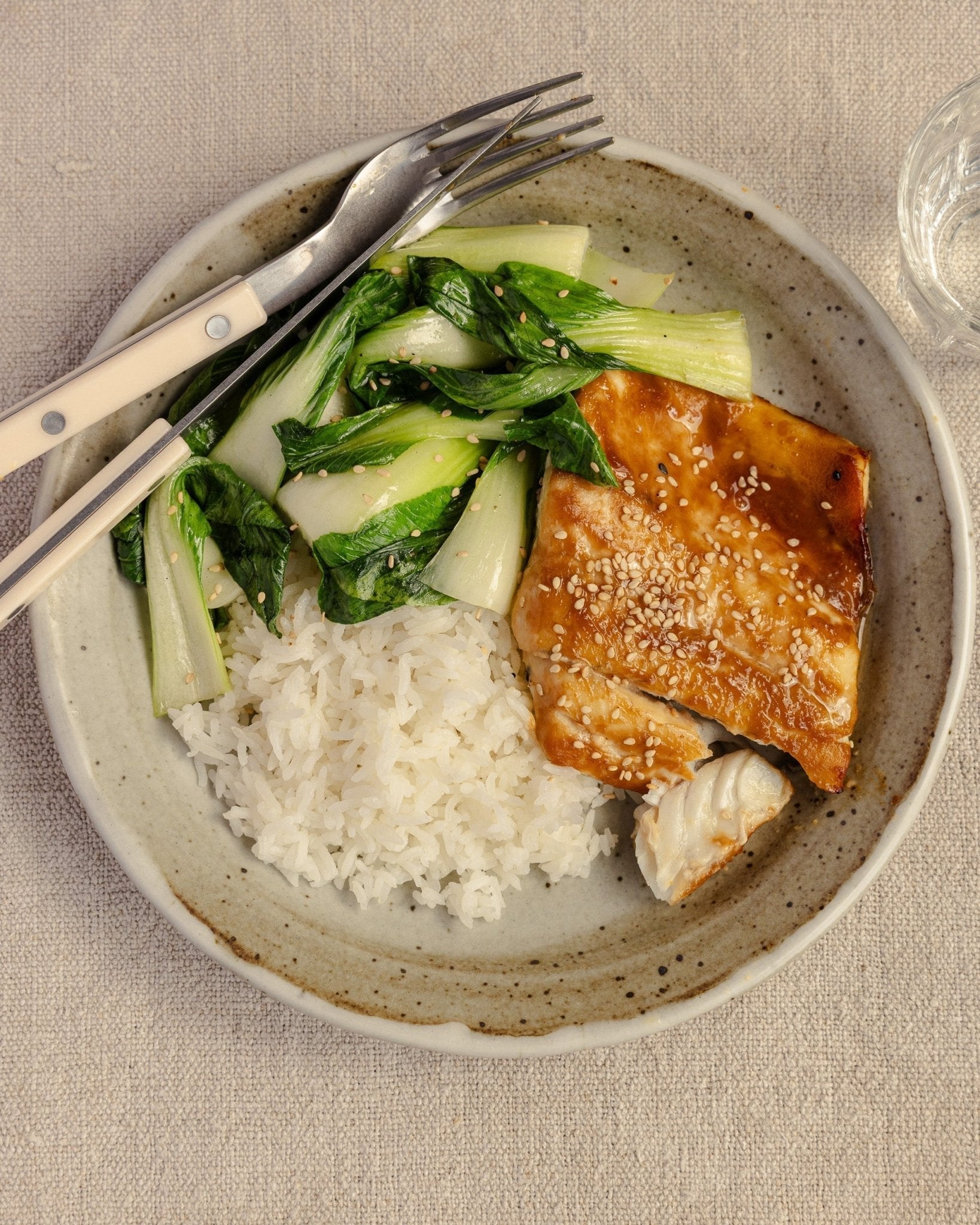
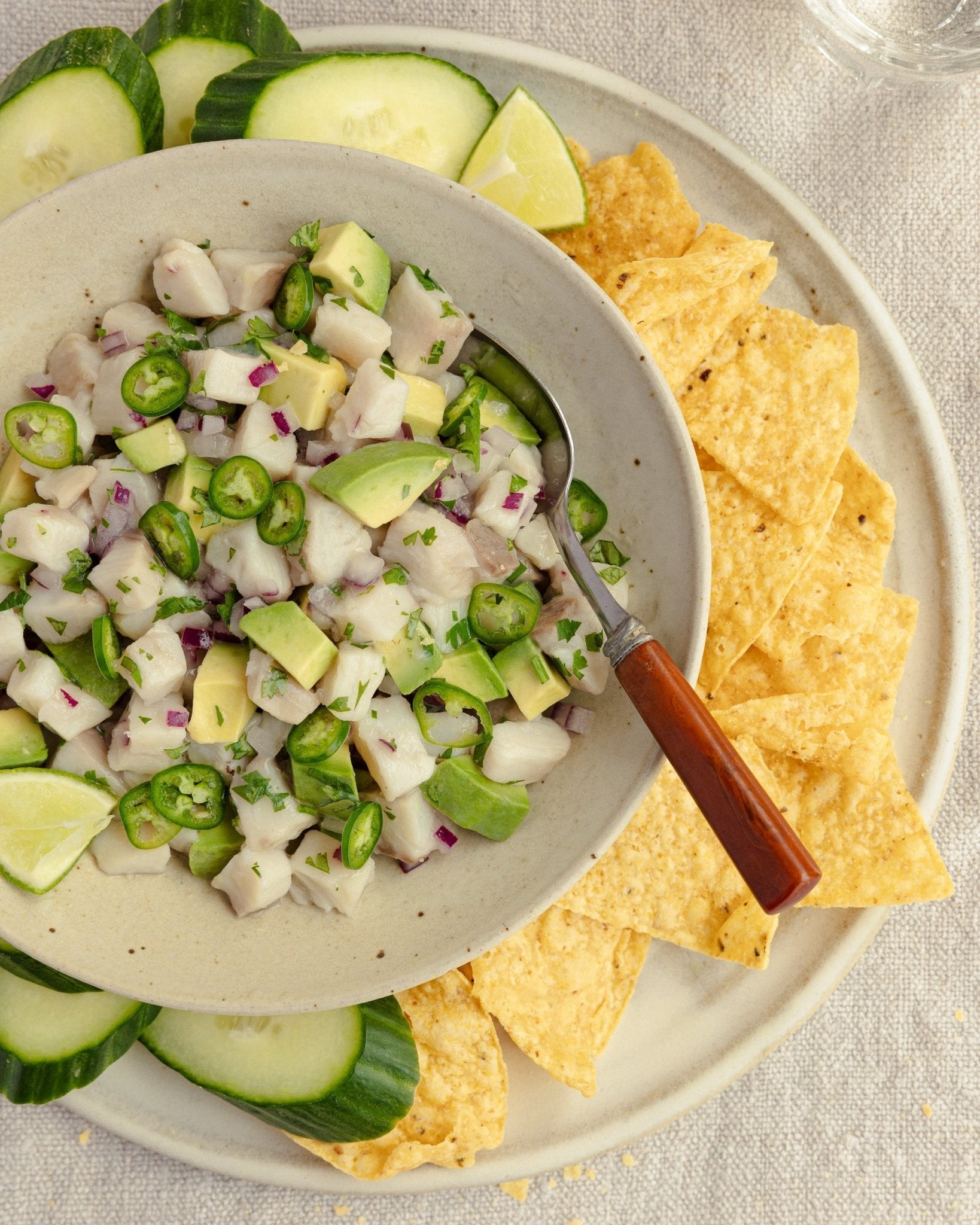
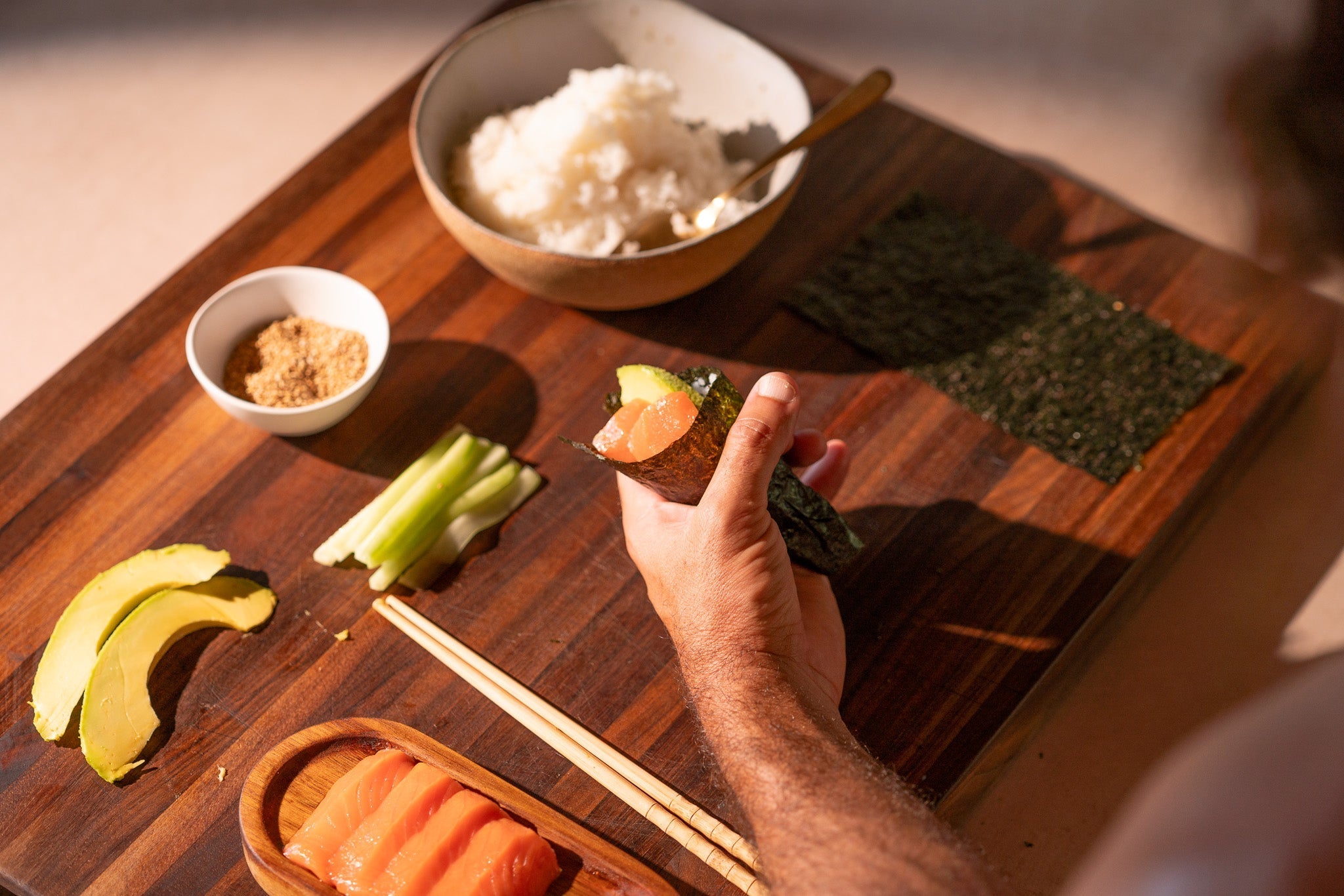
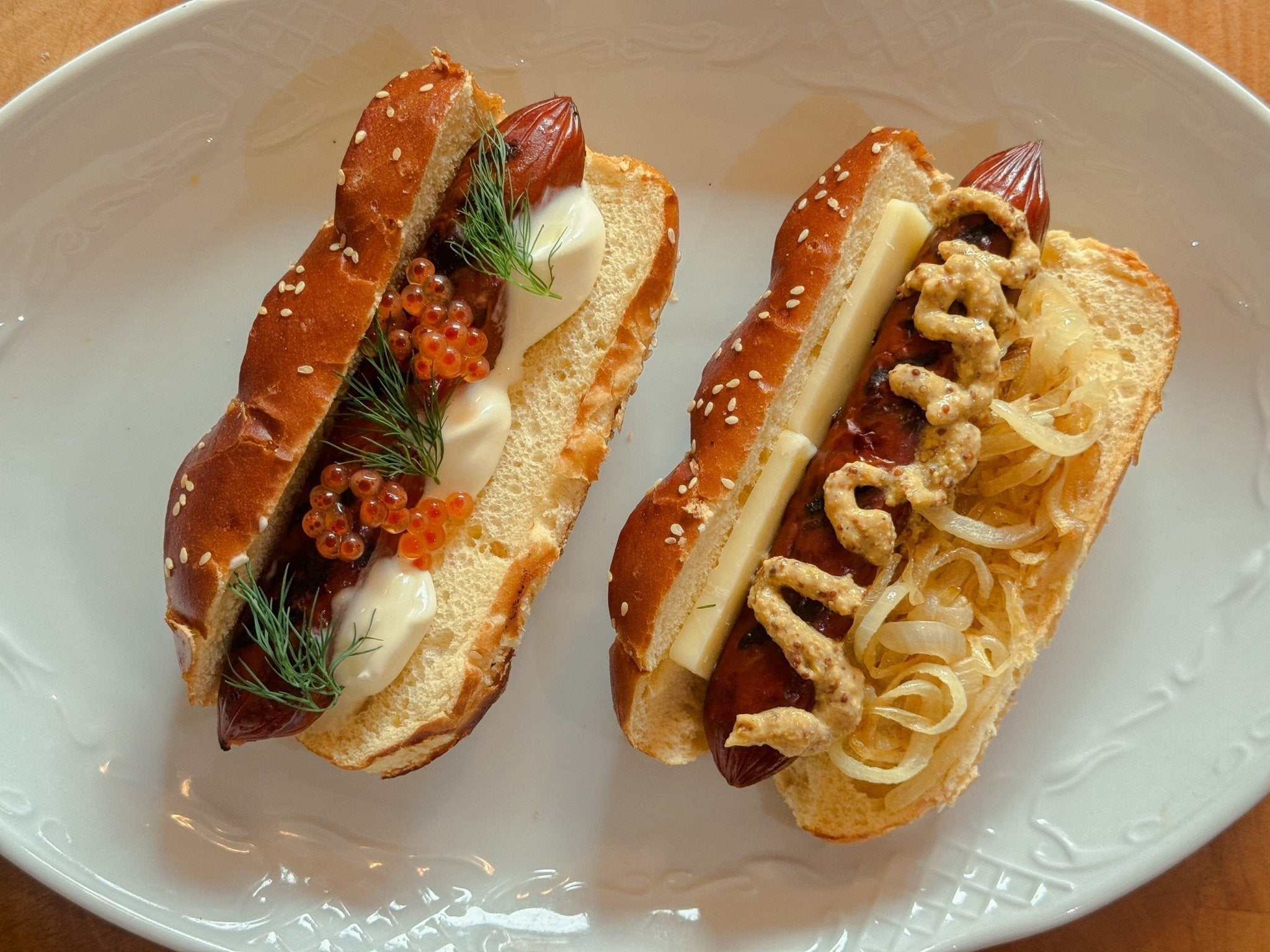
Share:
Seafood 101: Miso Marinade
Insect-Cured Steelhead Sashimi